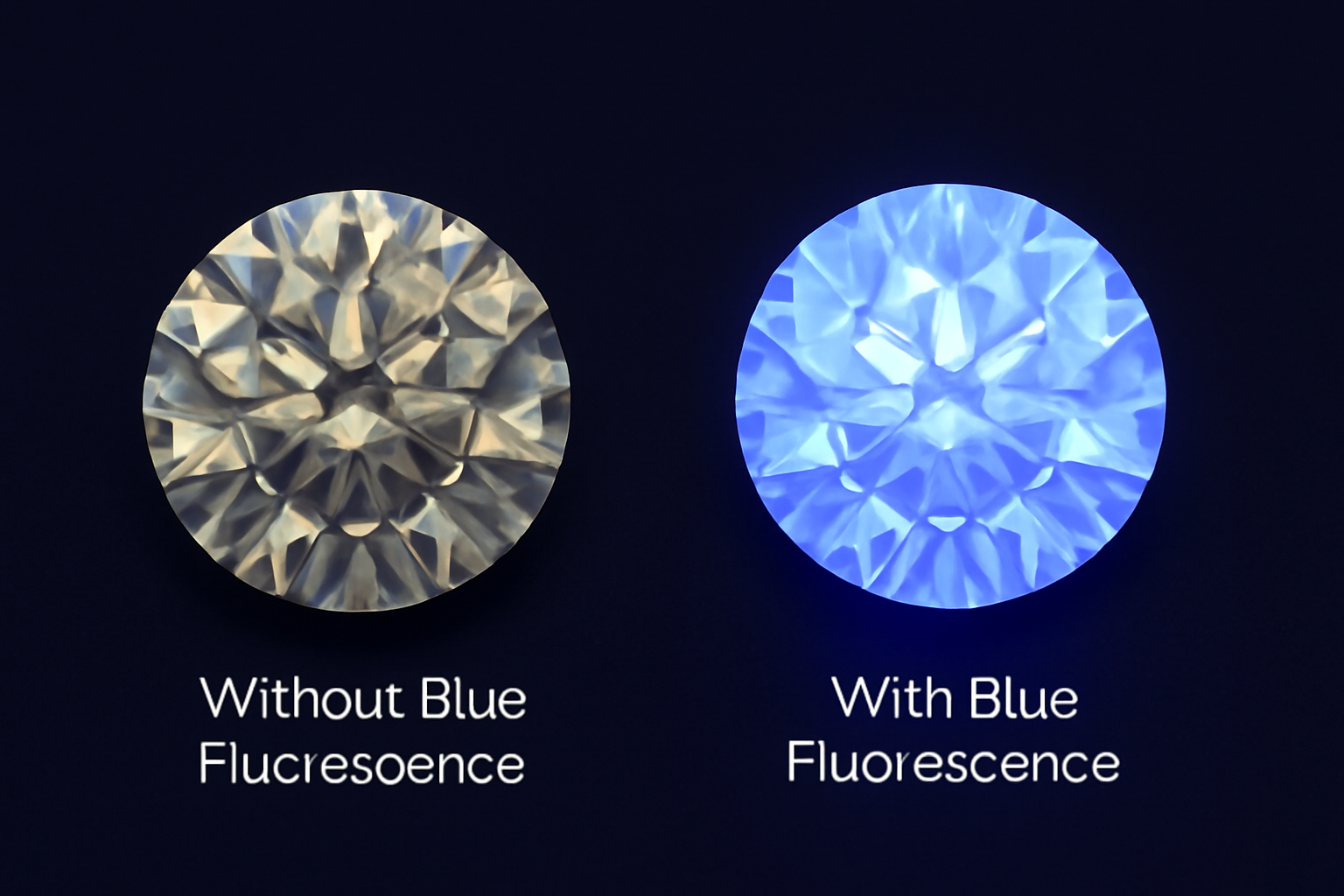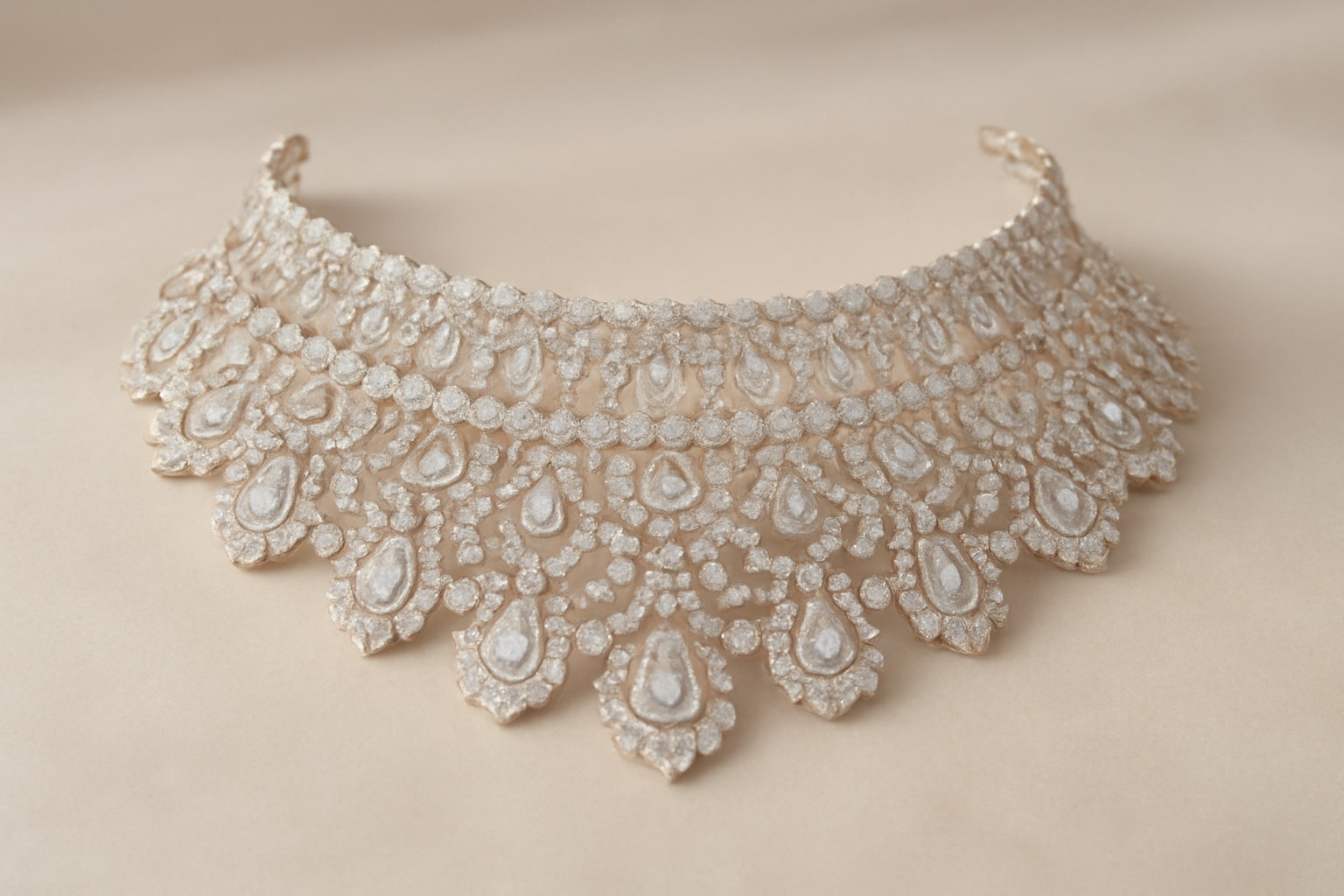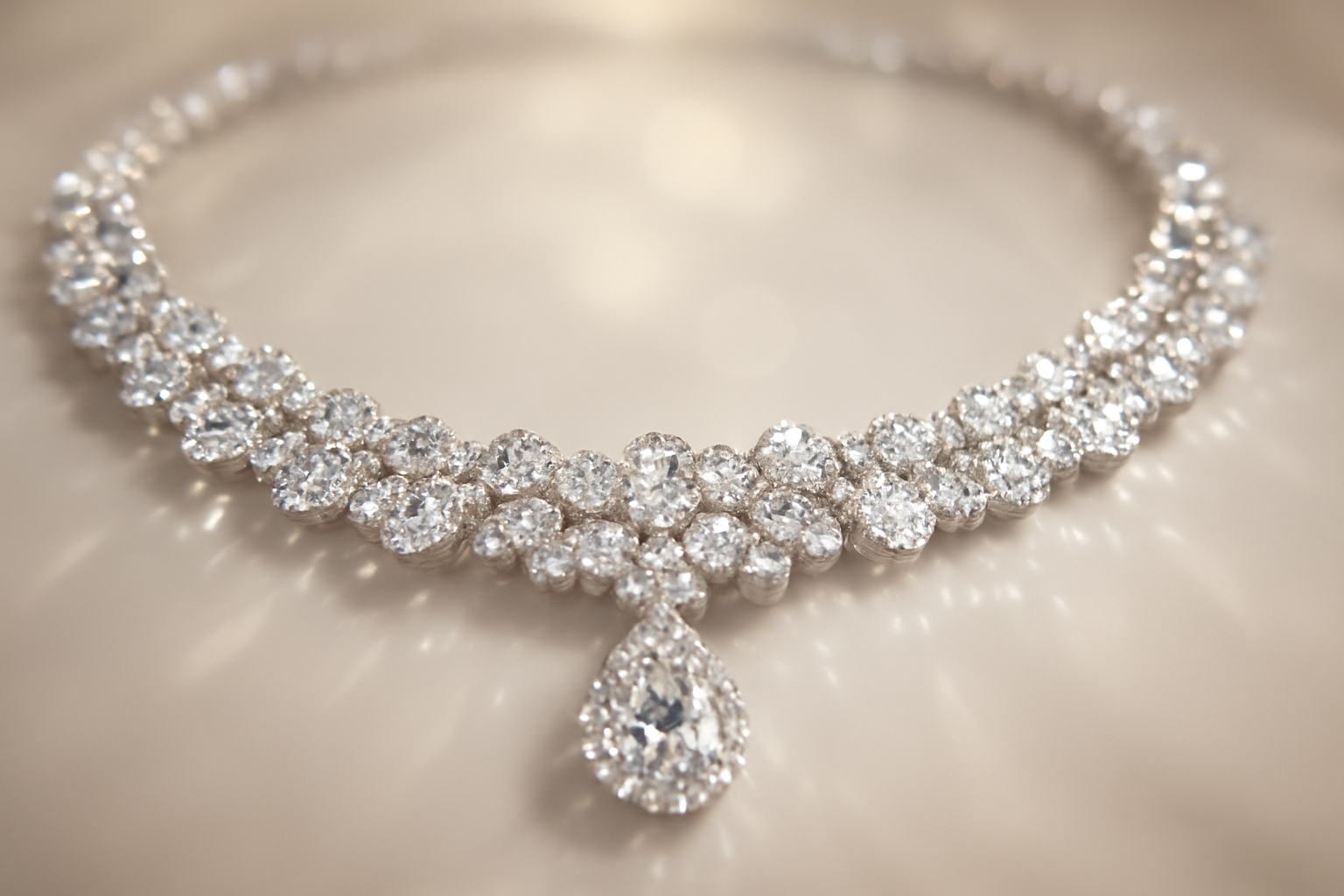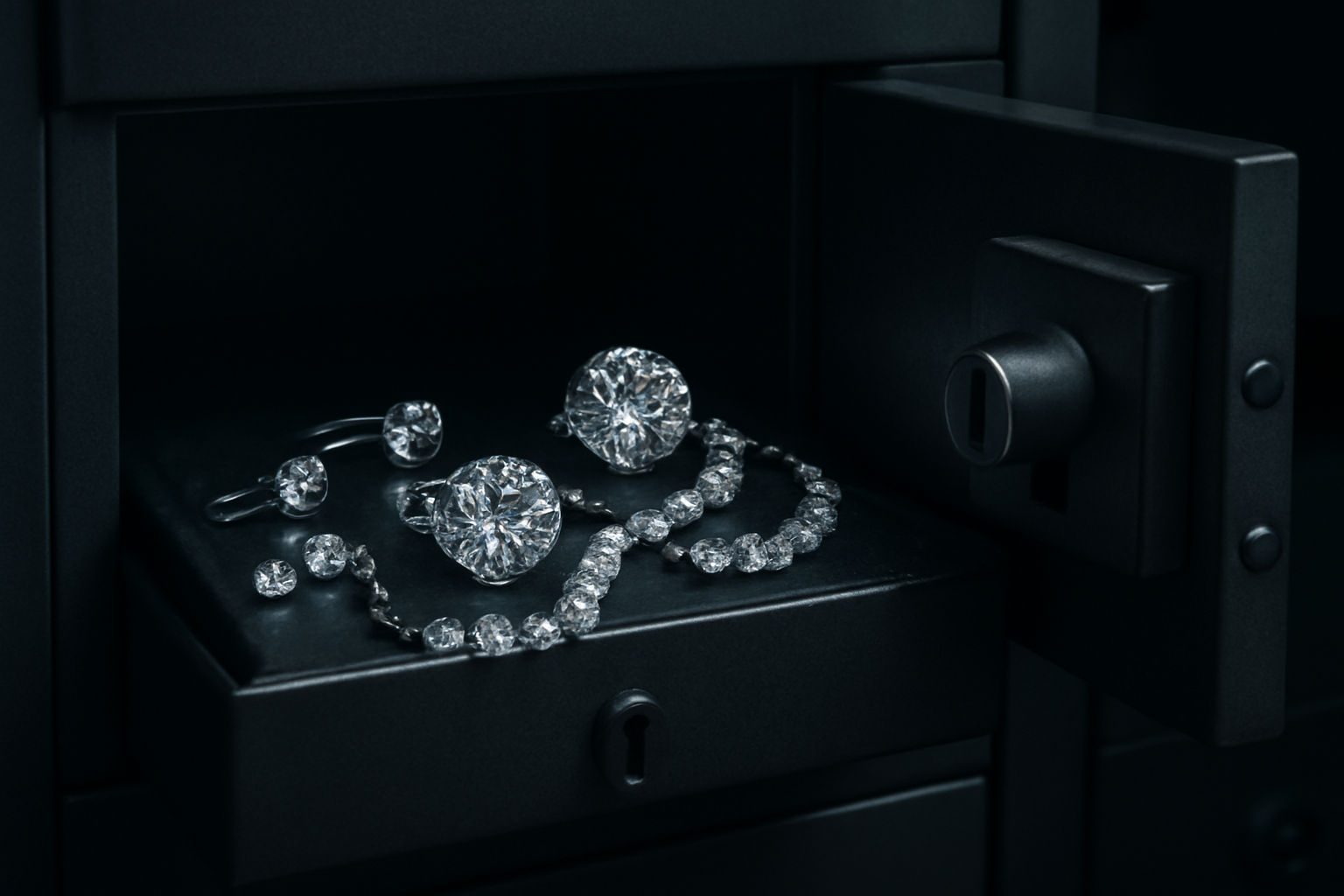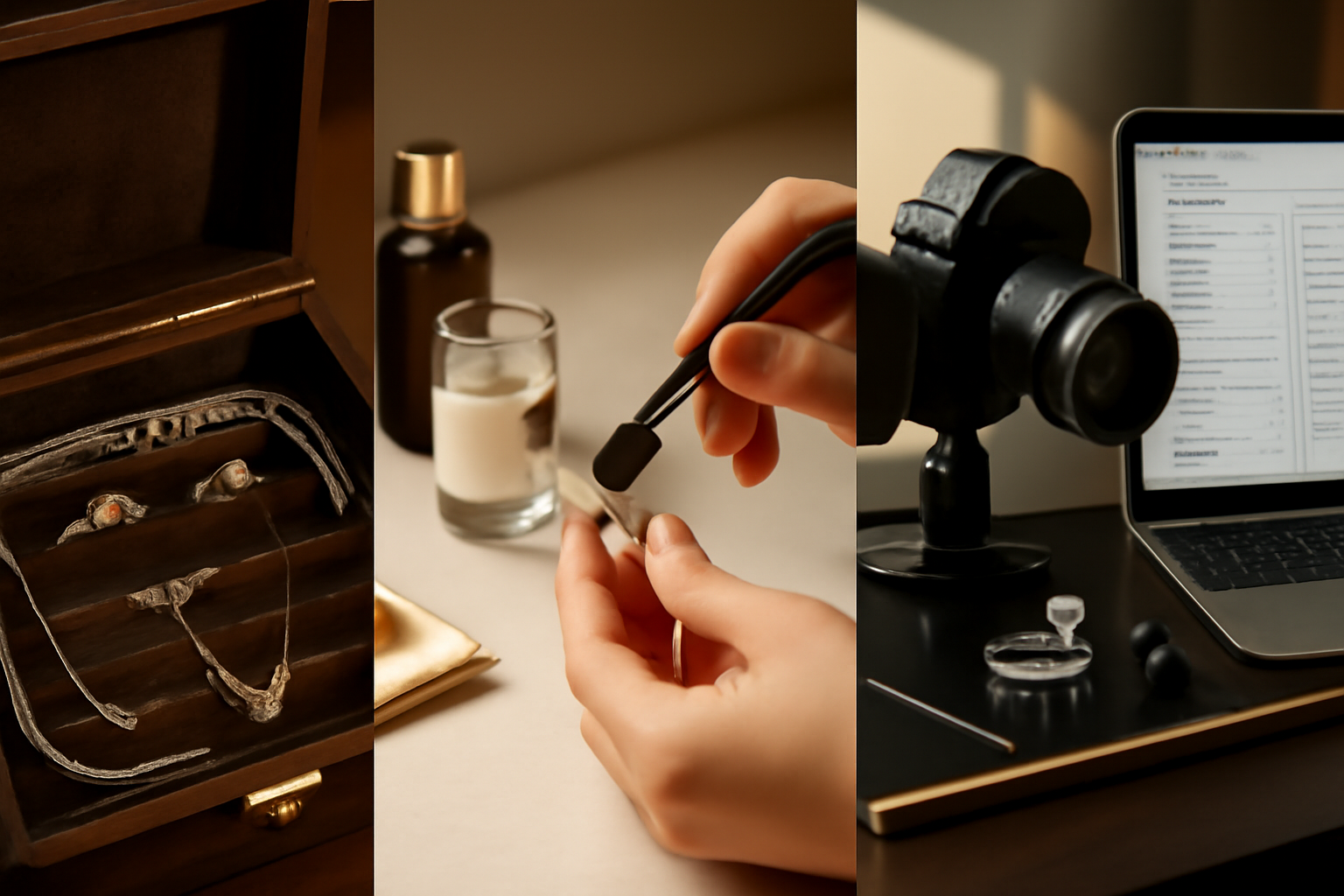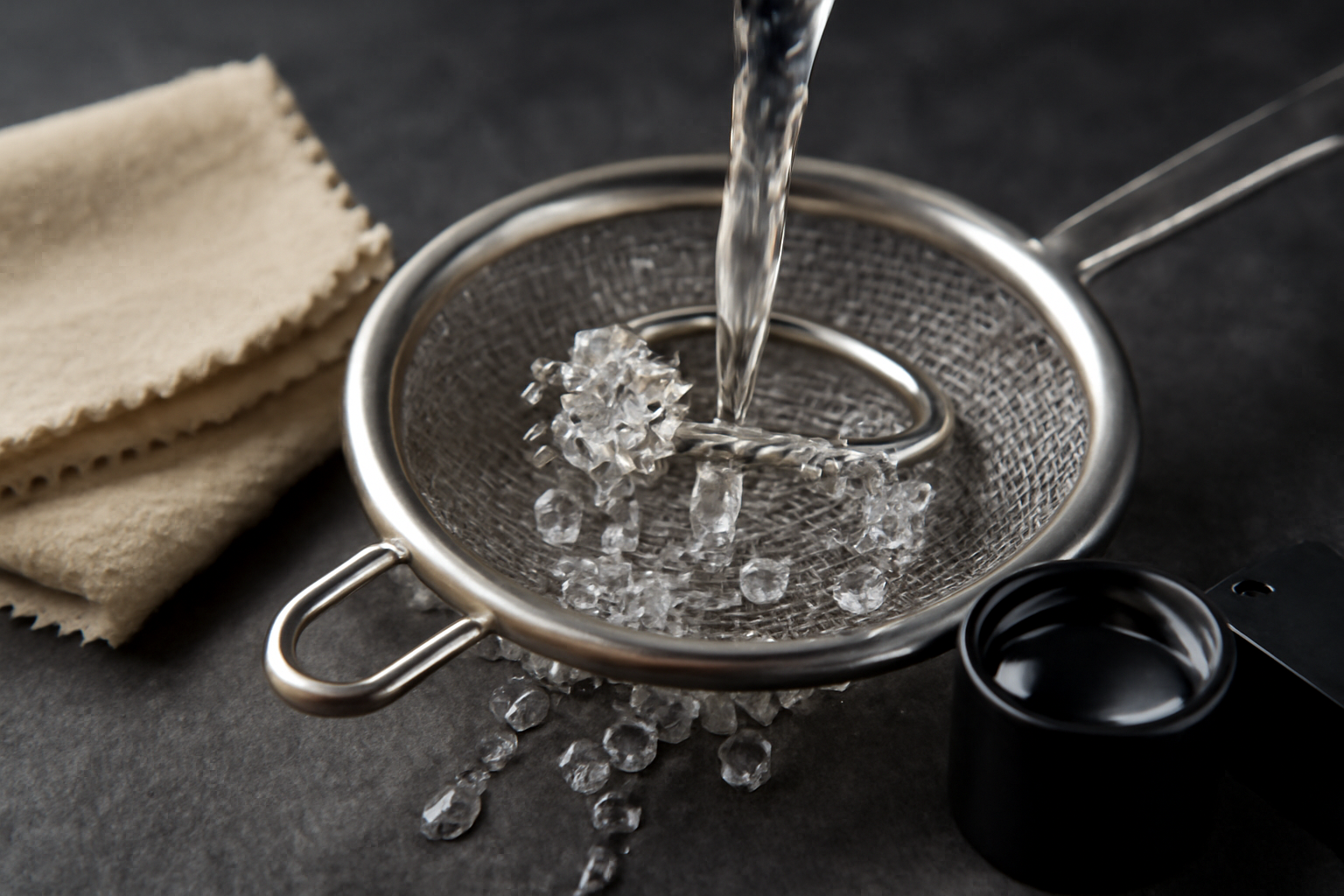Understanding Diamond Fluorescence: Complete Guide Before You Buy
When buying a natural diamond, you often hear terms like cut, color, clarity, and carat — the famous 4Cs. But another factor that sometimes confuses buyers is diamond fluorescence. Many wonder whether it is good or bad, how it influences the sparkle, and if it impacts the diamond’s value. This in-depth guide will help you understand everything about fluorescence in diamonds so you can make an informed choice.
What is Diamond Fluorescence?
Diamond fluorescence refers to the way a diamond reacts under ultraviolet (UV) light. When exposed to UV rays, some diamonds emit a visible glow, most commonly blue. This glow is due to natural elements trapped within the crystal structure when the diamond was formed billions of years ago. The strength of this glow can range from none to very strong.
How is Fluorescence Graded?
The Gemological Institute of America (GIA) grades fluorescence on a simple scale of intensity:
- None – No visible reaction under UV light.
- Faint – A very slight glow, usually only visible under strong UV light.
- Medium – Noticeable under UV light and may slightly influence diamond appearance.
- Strong – Clearly visible glow under UV light and may affect diamond transparency.
- Very Strong – Prominent glow and in some cases can make the diamond appear hazy or oily in daylight.
Colors of Diamond Fluorescence
Although blue is the most common fluorescence color, diamonds can also glow in shades of green, yellow, orange, or white. Blue fluorescence is often considered favorable because it can improve the appearance of diamonds with lower color grades (like J, K, or L) by making them appear whiter in daylight.
Does Fluorescence Affect Diamond Appearance?
In most cases, faint or medium fluorescence does not negatively affect appearance. In fact, blue fluorescence can sometimes enhance the visual whiteness of diamonds with slightly lower colors. However, in rare cases of strong or very strong fluorescence, the diamond may look hazy, oily, or milky, especially in sunlight.
Impact of Fluorescence on Diamond Value
Fluorescence also has an effect on diamond prices:
- Diamonds with no fluorescence usually fetch higher prices due to traditional preference.
- Diamonds with faint to medium fluorescence may sell at slightly lower prices, though they often look more beautiful.
- Strong to very strong fluorescence can significantly reduce the value, mainly because of the risk of haziness.
For savvy buyers, this means that diamonds with faint or medium fluorescence can actually provide good value for money, offering the same visual appeal as higher-priced stones.
Fluorescence in Natural vs. Lab-Grown Diamonds
Fluorescence is a naturally occurring property more commonly found in mined diamonds. Lab-grown diamonds may also show fluorescence, but the types, intensity, and impact can differ. For investors and collectors, naturally fluorescent diamonds can even be seen as unique and rare.
Should You Worry About Diamond Fluorescence?
For most buyers, fluorescence is not a problem. Many gem lovers even appreciate the unique glowing effect under UV light. As long as the diamond does not appear milky or cloudy in normal lighting, fluorescence should not be a dealbreaker. In fact, it may allow you to purchase a larger or higher-quality diamond at a better price.
Best Practices When Buying Diamonds with Fluorescence
- Check under different lighting: View the diamond in natural daylight, indoors, and under UV light if possible.
- Balance color grade: Strong blue fluorescence can improve the face-up look of near-colorless or faint yellow diamonds.
- Avoid haziness: If the diamond looks cloudy in normal light, it may have overly strong fluorescence.
- Compare with non-fluorescent diamonds: This helps understand differences in appearance and price.
Common Myths About Diamond Fluorescence
Let’s clear up some misconceptions:
- Myth: Diamonds with fluorescence are fake.
Truth: Fluorescence is a natural phenomenon. - Myth: All fluorescent diamonds look hazy.
Truth: Only a very small number with very strong fluorescence might look oily. - Myth: Fluorescence always lowers value.
Truth: While strong fluorescence may reduce value, faint or medium fluorescence may make a diamond more attractive at a better price.
Historical Perspective
Decades ago, diamond fluorescence was poorly understood and often undervalued. However, research by GIA and other gemological institutes shows that for most diamonds, fluorescence does not negatively impact beauty and sometimes enhances the look. Collectors now also see fluorescence as a rare and unique trait within diamonds.
Frequently Asked Questions (FAQs)
1. Is diamond fluorescence good or bad?
It can be either, depending on intensity. Faint or medium fluorescence is often positive, while very strong fluorescence may cause haziness.
2. Does fluorescence make diamonds glow in the dark?
No, diamonds only glow under UV light such as sunlight or black light.
3. Can fluorescence affect diamond certification?
Yes, laboratories like GIA always note fluorescence grading on certificates.
4. Should I buy a diamond with fluorescence?
Yes, as long as the diamond doesn’t look cloudy. Diamonds with fluorescence often give better value for money.
5. Why is blue fluorescence beneficial?
Because it makes lower-colored diamonds (like J, K, L) appear whiter and more brilliant.
At Om Diamond, we believe transparency is key when buying a diamond. That’s why we disclose fluorescence details clearly so you can choose the stone that best matches your budget and style.



